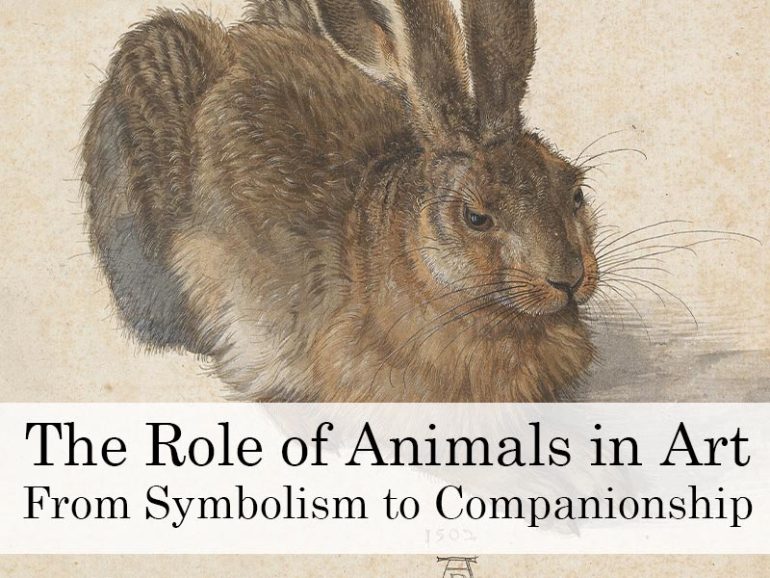Animals have been a central theme in art for thousands of years, serving as symbols, storytellers, and even personal companions. Whether depicted in ancient cave paintings or modern sculptures, animals offer a unique way for artists to explore human emotions, cultural values, and our relationship with the natural world. Let’s take a closer look at how animals have shaped art across history.
Ancient Depictions: Animals as Power and Survival
In prehistoric times, animals were often depicted as vital sources of food, clothing, and tools. The Lascaux Cave Paintings (c. 17,000 BCE) feature bison, horses, and deer in vivid detail, capturing the importance of these creatures to early humans. These images also suggest a spiritual connection, as many believe they were created as part of rituals or to ensure hunting success.
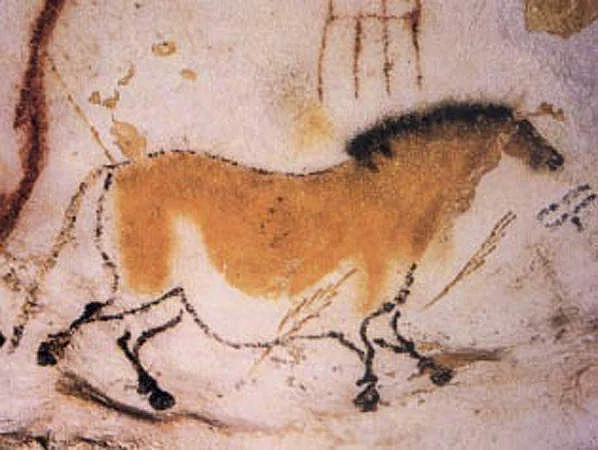
Ancient Egyptian art frequently portrayed animals as sacred beings. Cats, for instance, symbolised protection and grace, often associated with the goddess Bastet. The lion-bodied Sphinx stands as a testament to the Egyptians’ reverence for animals as powerful and divine creatures.
Medieval Bestiaries: Animals as Moral Lessons
In medieval Europe, animals often carried symbolic meanings, reflecting religious and moral values. Bestiaries—illustrated manuscripts about animals—were popular during this time. They combined real and mythical creatures, such as lions, unicorns, and dragons, to convey spiritual lessons. For example, the lion, believed to sleep with its eyes open, symbolised vigilance and Christ’s resurrection.
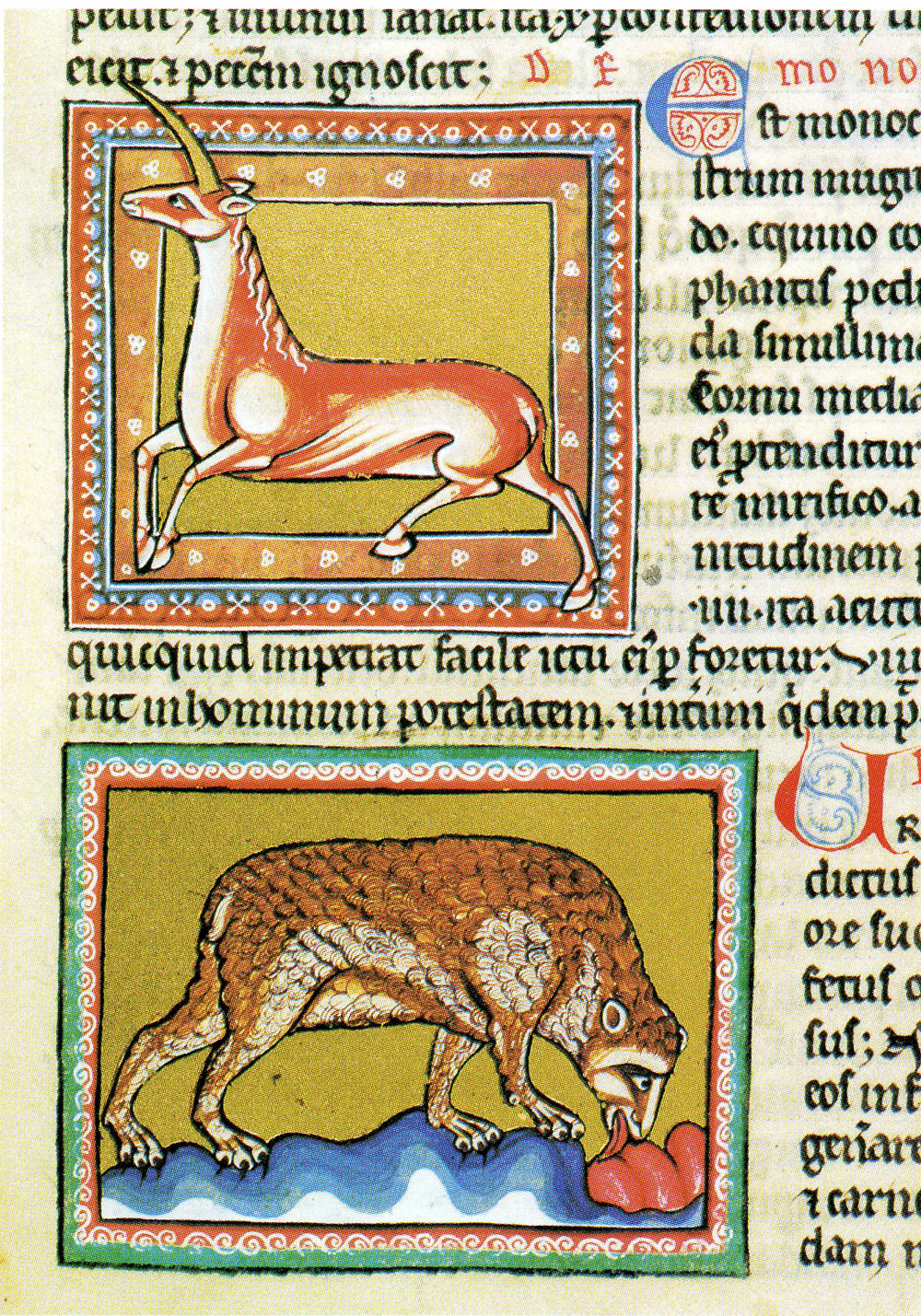
Religious art from this period often used animals to emphasise themes of loyalty, sacrifice, or sin. Dogs, frequently depicted at the feet of their owners in portraits, symbolised fidelity, while lambs represented Christ as the sacrificial lamb.
Renaissance Realism: Animals as Symbols of Wealth and Knowledge
During the Renaissance, artists began to study animals more closely, aiming to capture their anatomy and behaviour with greater accuracy. Albrecht Dürer’s The Hare (1502) is a remarkable example, demonstrating both scientific observation and artistic mastery.
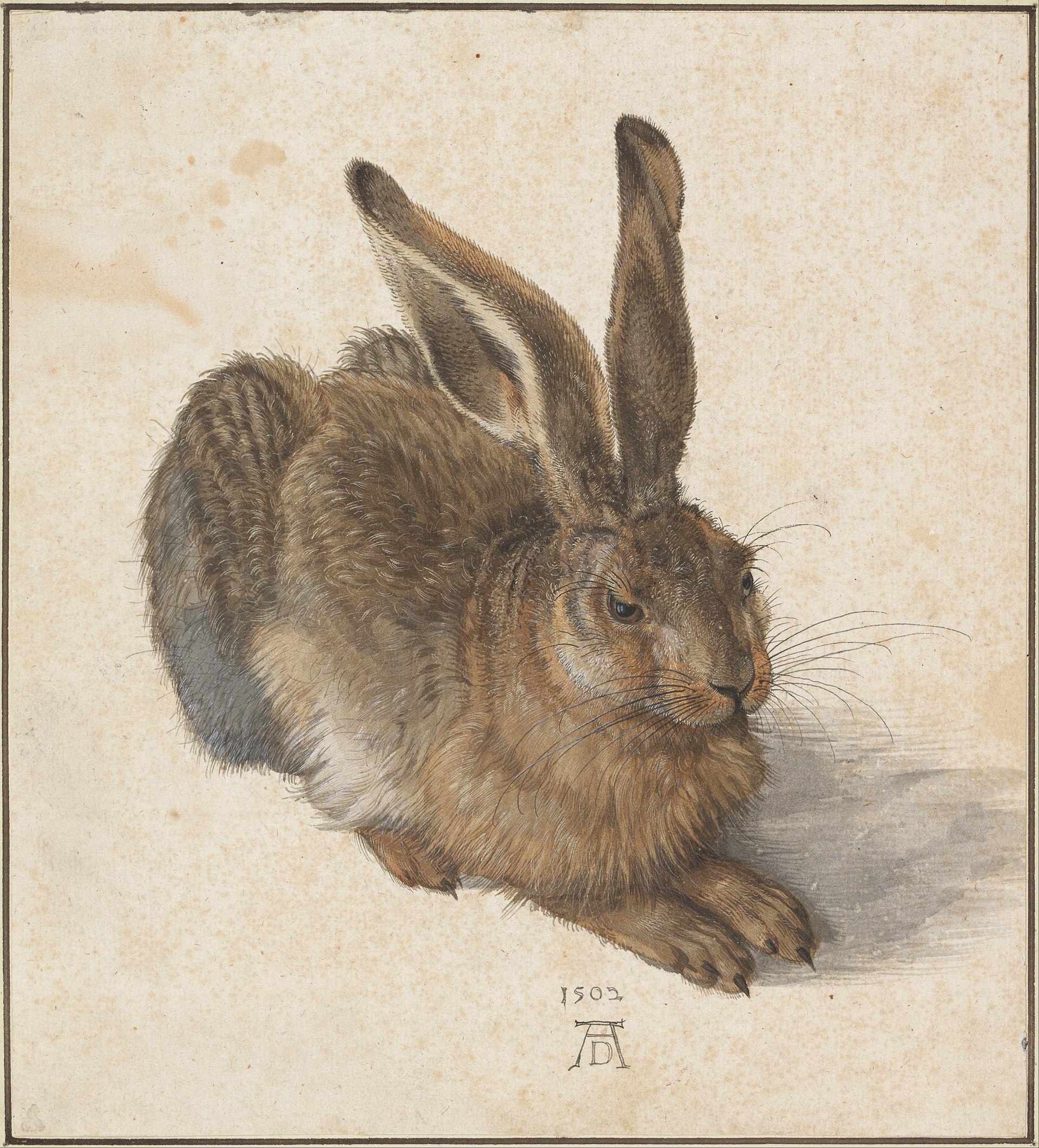
In portraiture, animals often signified wealth and status. Titian’s Portrait of Federico Gonzaga (c. 1529) includes a small dog, underscoring the sitter’s aristocratic lifestyle. Exotic animals, such as parrots and monkeys, were also featured to showcase their owners’ affluence and worldly connections.
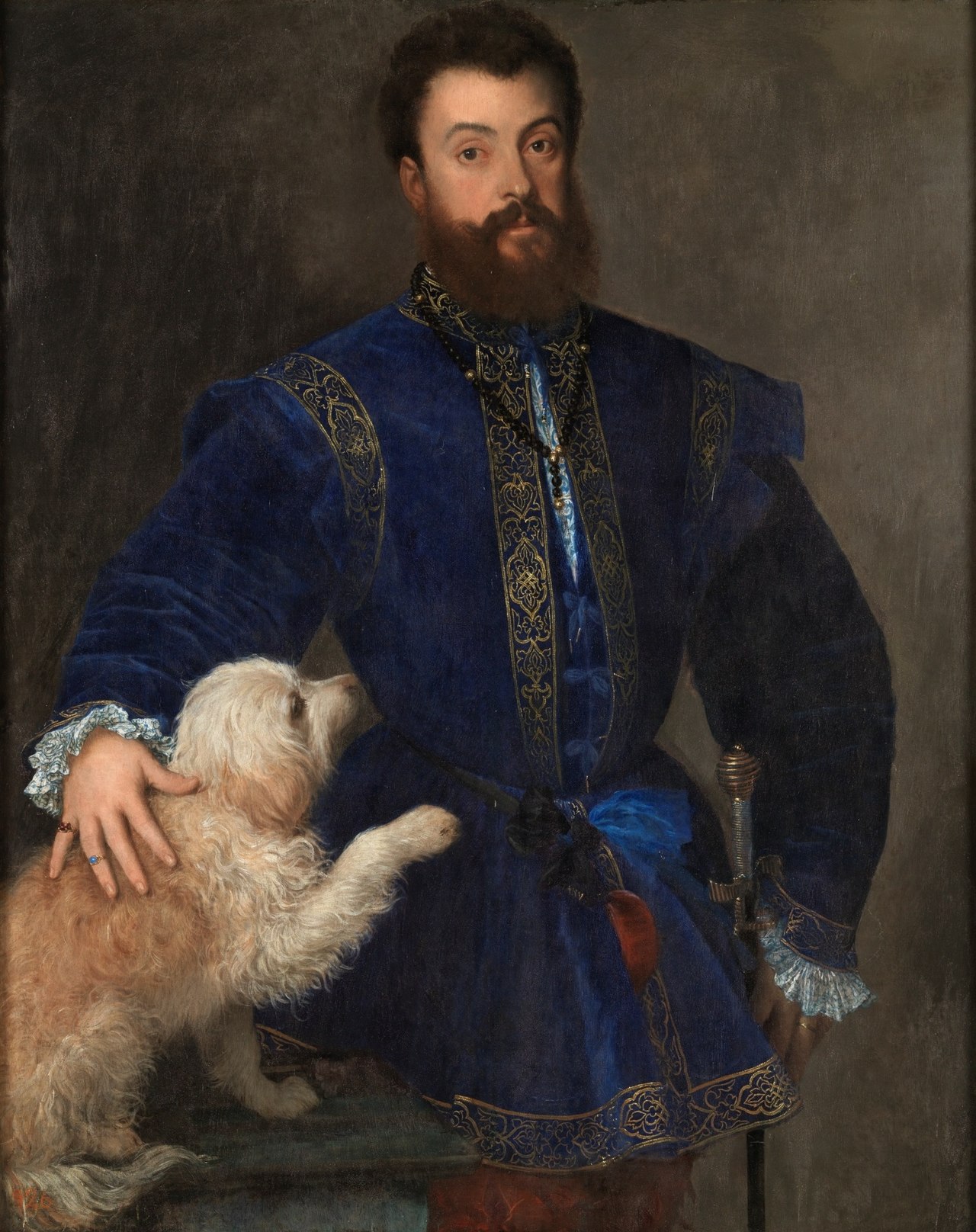
Romanticism: Animals as Emotion and Nature’s Power
In the 19th century, Romantic artists used animals to explore themes of nature, emotion, and the sublime. George Stubbs’ Whistlejacket (1762) celebrates the majesty and strength of a single rearing horse, capturing the Romantic fascination with untamed nature.
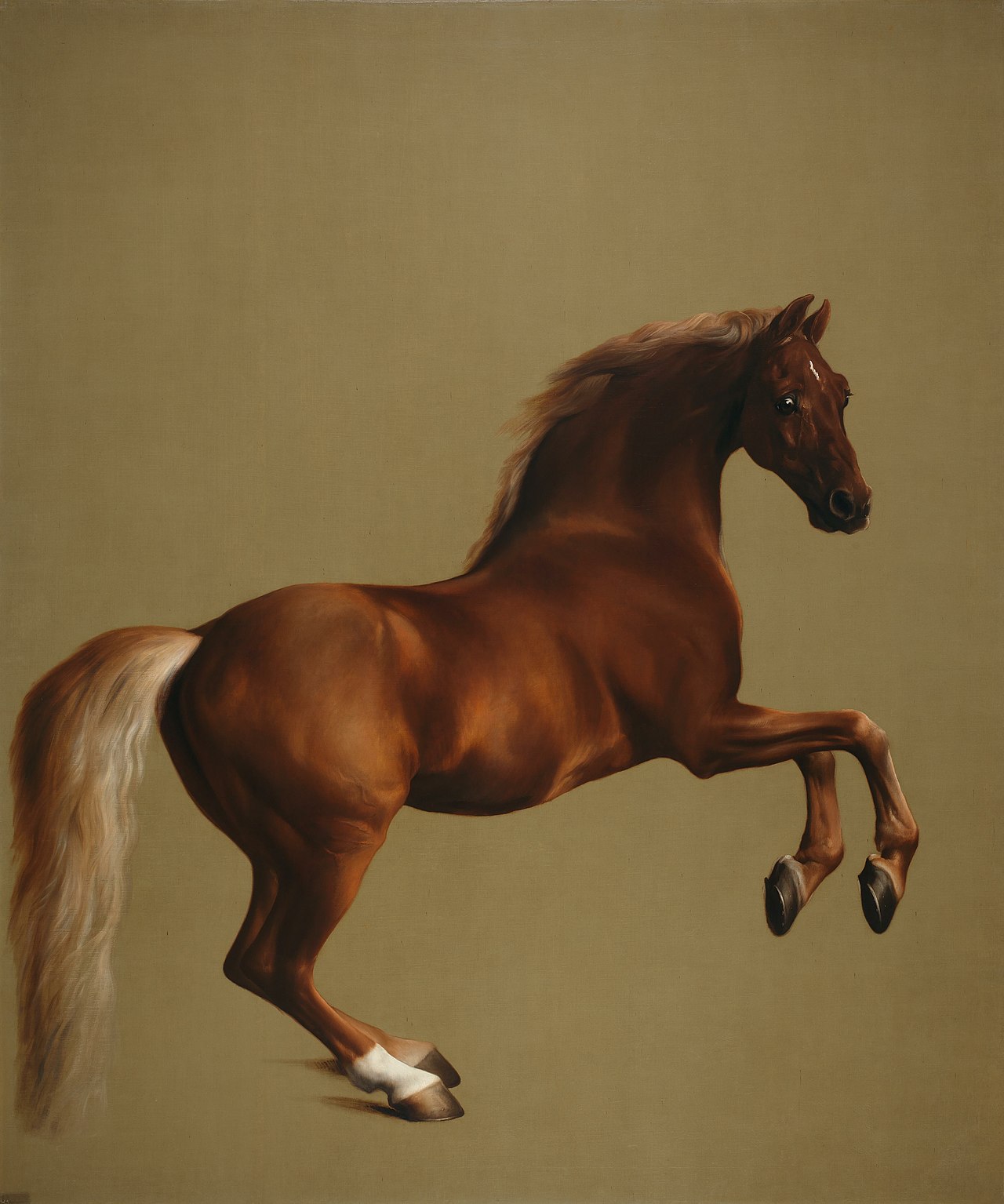
Eugène Delacroix’s Lion Hunt (1855) combines dramatic movement and vivid colour to depict humanity’s struggle with the raw power of nature. Animals in Romantic art often symbolised freedom, chaos, and the primal forces of life.
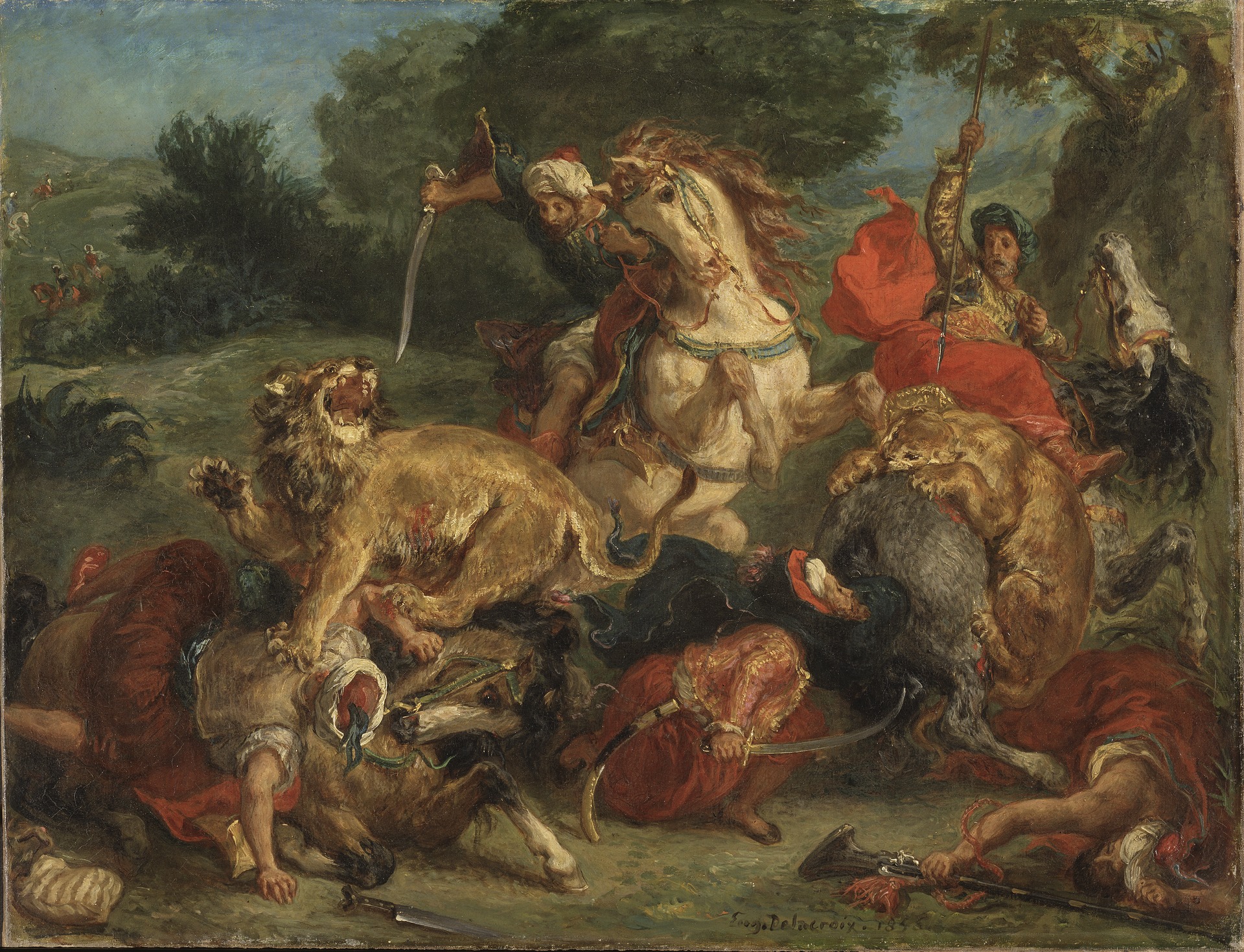
Modern and Contemporary Art: Animals as Metaphors and Companions
Modern artists have used animals in a variety of ways, often as metaphors for human emotions or societal issues. Pablo Picasso’s Guernica (1937) features a distressed horse and a fallen bull, symbolising the pain and chaos of war.
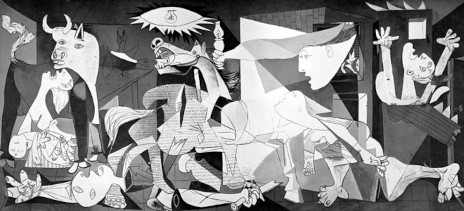
Franz Marc, a member of the German Expressionist movement, frequently painted animals in vibrant colours. His work, such as The Yellow Cow (1911), used animals to explore themes of innocence and spiritual harmony, contrasting the industrialisation of modern life.
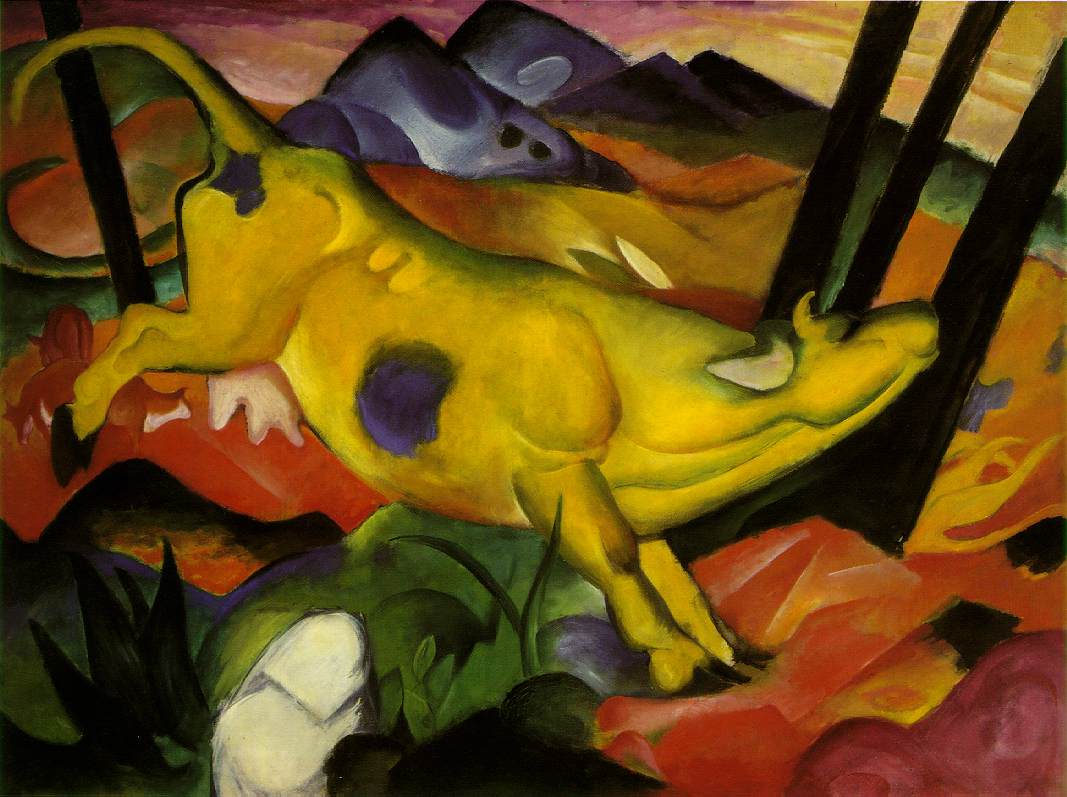
In contemporary art, animals often take on conceptual roles. Damien Hirst’s The Physical Impossibility of Death in the Mind of Someone Living (1991), featuring a shark suspended in formaldehyde, challenges viewers to confront their fears and mortality.
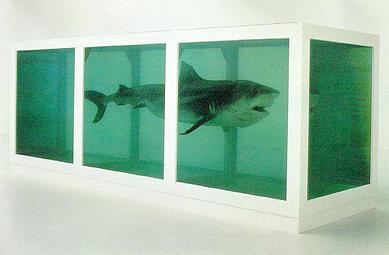
Why Do Artists Depict Animals?
- Symbolism: Animals carry rich cultural and emotional meanings, making them powerful storytelling tools.
- Connection to Nature: Depicting animals helps artists explore humanity’s relationship with the natural world.
- Emotional Expression: Animals often evoke strong feelings, from awe to fear, adding depth to an artwork.
Lessons for Artists Today
Modern artists can draw inspiration from historical depictions of animals to create works that explore contemporary themes. Whether using animals as symbols, companions, or purely aesthetic elements, they offer endless possibilities for creative expression.
Further Reading
- The Met – Animals in Art Through the Ages
- Khan Academy – Symbolism in Medieval Bestiaries
- Tate – Animals and Contemporary Art
- National Gallery – Animals in Renaissance Art
From the ancient reverence of the Egyptians to the conceptual explorations of modern art, animals have played an enduring role in shaping artistic expression. As subjects of beauty, symbols of deeper meaning, and reminders of our connection to the natural world, animals remain a timeless source of inspiration. What story might the animals in your artwork tell?
If you would like to receive a roundup of all of our blog posts once a week to keep you inspired in your inbox, why not sign up to our newsletter. You can access our sign up at the top of our page. If you are a London Art College student and you would like your artwork featured here, drop us a line at any time.

